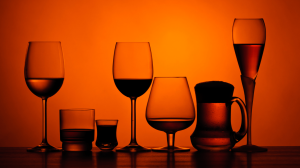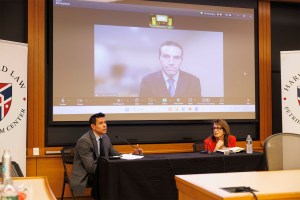Arts & Culture
-
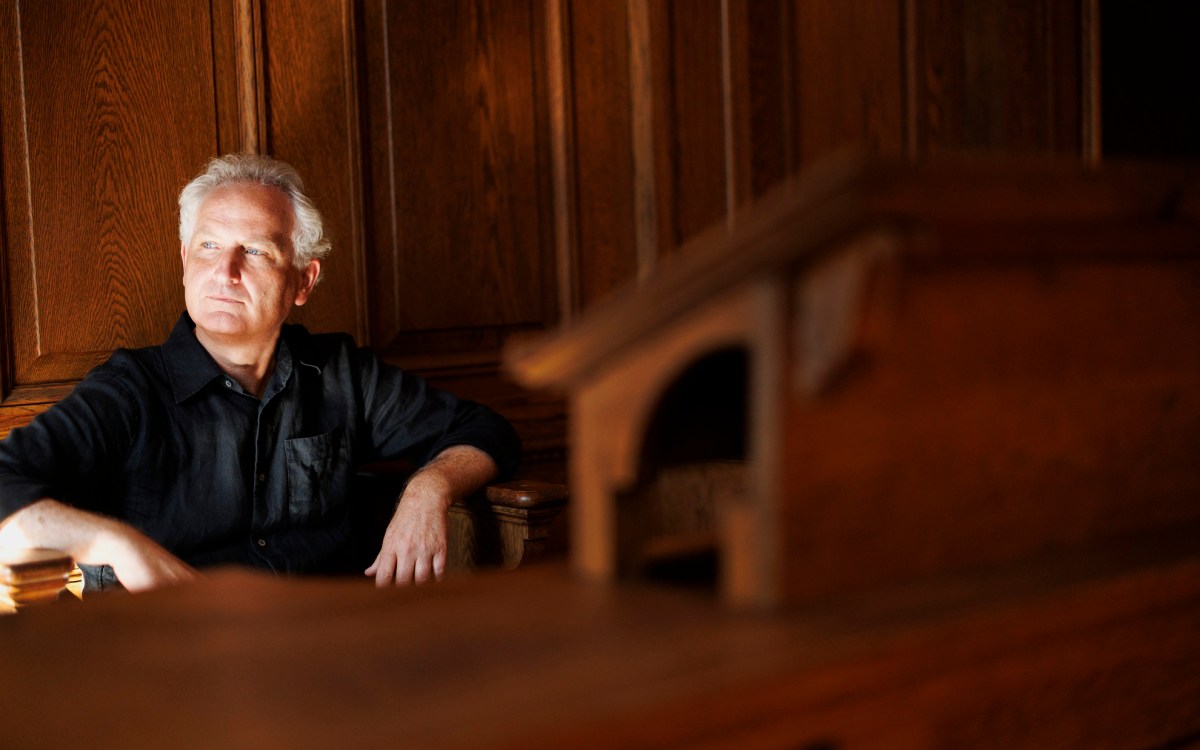
Brief bursts of wisdom
Aphorism lover and historian James Geary reflects on how ancient literary art form fits into age of social media
-

Live fast, die young, inspire Shakespeare
Stephen Greenblatt finds a tragic strain in the life and work of Christopher Marlowe
-
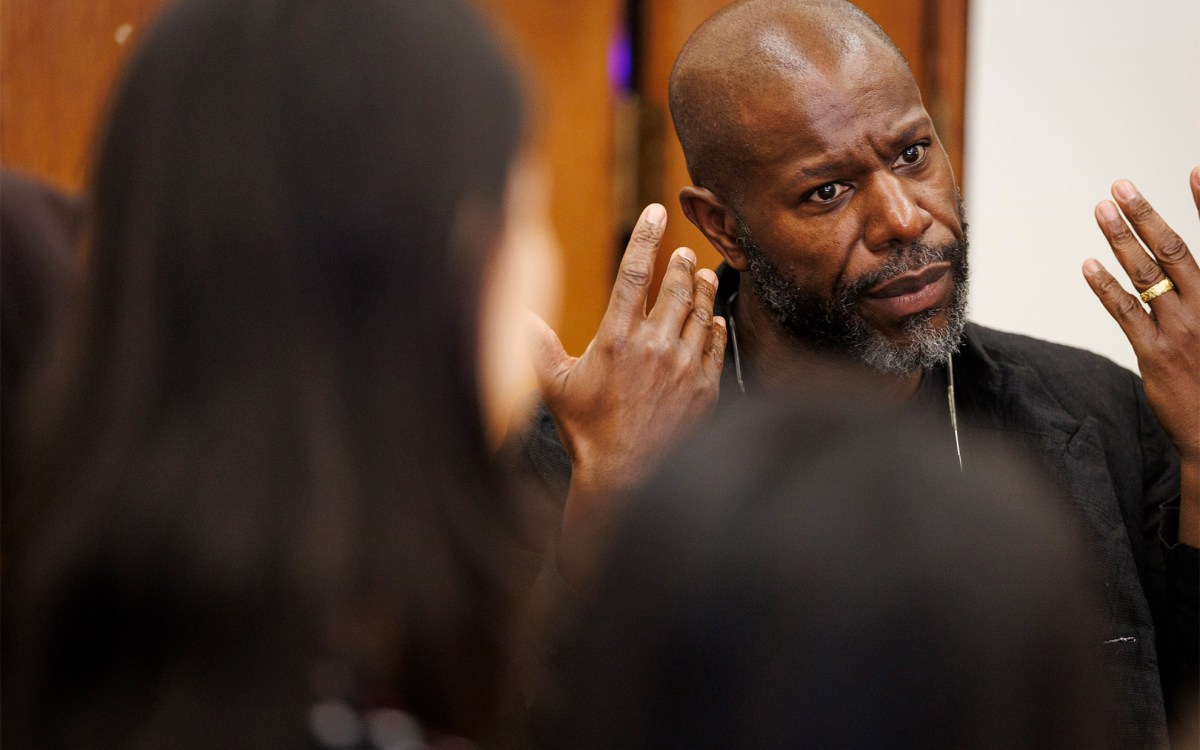
Steve McQueen could lecture you, but he’s got other plans
‘I think the audience needs more, and I feel I need to give more,’ says award-winning filmmaker — presenter of this year’s Norton talks
-

Marking 100 years of Norton Lectures
Panelists reflect on ‘incredible value’ of annual series as ‘megaphone’ for artists and scholars
-

How fashion police have been walking beat for centuries
Houghton Library exhibit highlights the policing of women’s fashion since the 17th century.
-
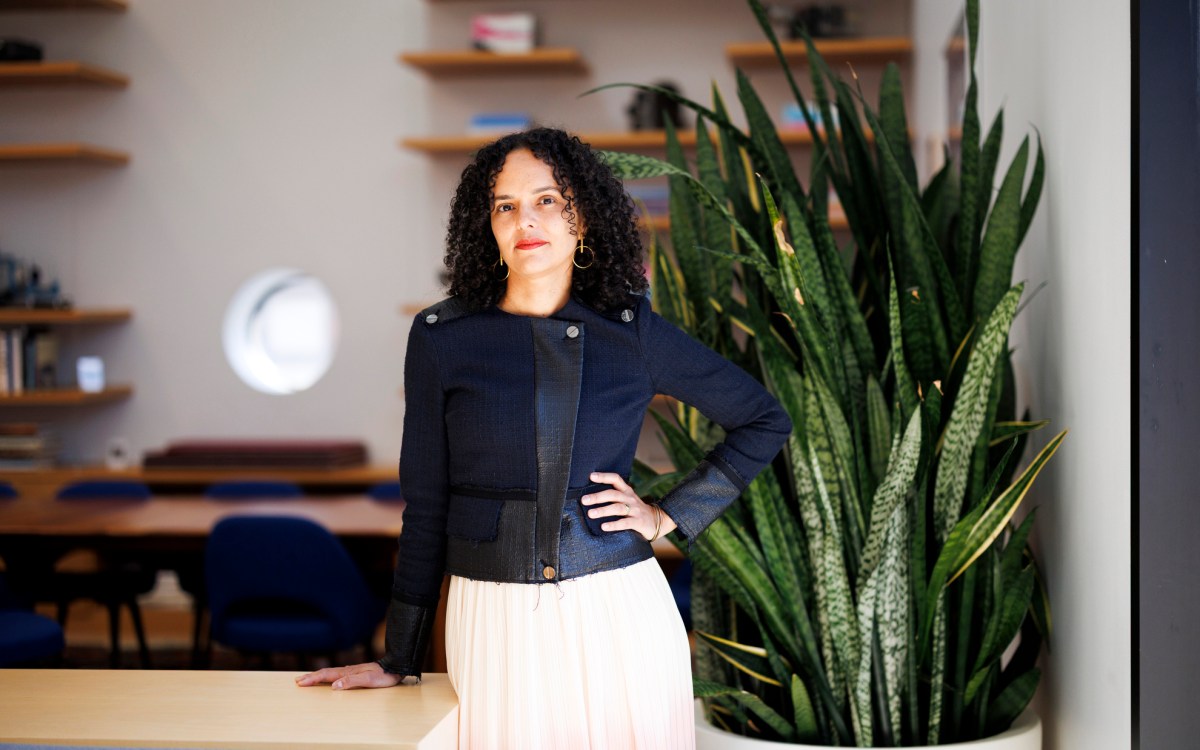
Seeing what you see
New faculty Cécile Fromont is a visual problem solver
-
Creating a whole from fragments
A show by artist Maria Magdalena Campos-Pons, which examines issues of family and the Afro-Latin experience in America, opened Thursday at the Neil L. & Angelica Zander Rudenstine Gallery in the W.E.B. Du Bois Institute for African and African American Research.
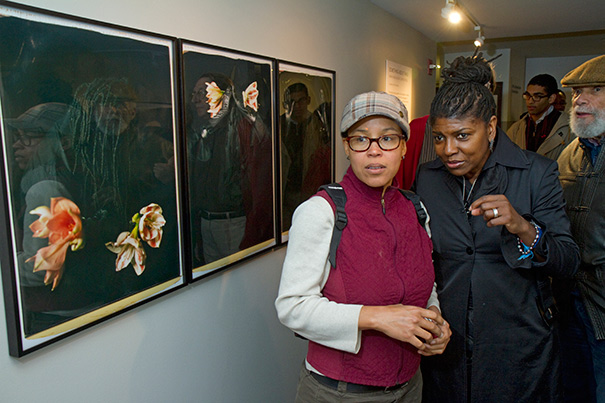
-
Exorcising the curse of knowledge
Author Steven Pinker told a packed audience what is wrong with so much academic writing: It’s filled with abstract language, clunky transitions, clichés, “zombie nouns,” and “compulsive hedging.”
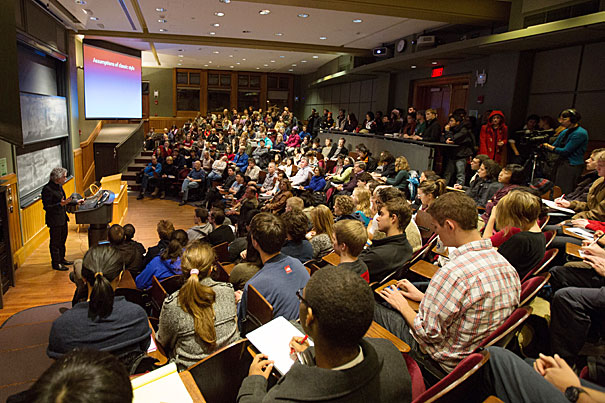
-
A collection unlike others
Harvard’s newly acquired Julio Mario Santo Domingo Collection is the largest of its kind in the world, centuries of art, literature, and popular culture artifacts related to the chief avenues to altered states of mind: sex and drugs.
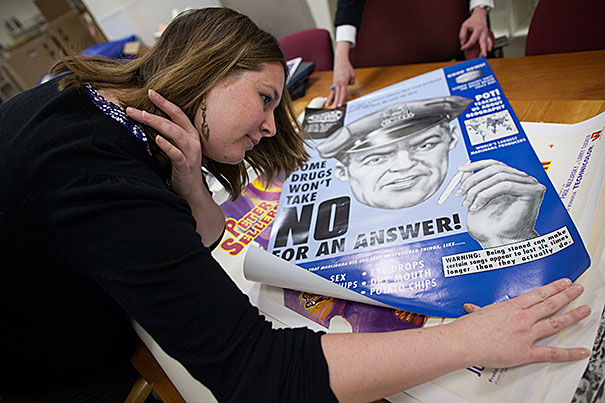
-
When jazz was king
Three local jazz figures came to Harvard to explore their passion for the music and its future as a singular American art form.

-
The art of the possible
Artist Kerry James Marshall’s massive woodcut print, on view at the Arthur M. Sackler Museum, challenges the artistic status quo.
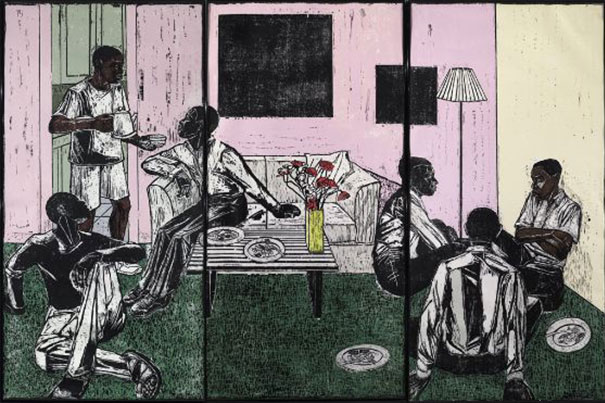
-
The designing woman
Radcliffe graphic designer Jessica Brilli does what she loves and loves what she does, using her artistic talent in her personal and professional life. A reception will be held Nov. 8 from 5:30 to 7 p.m.
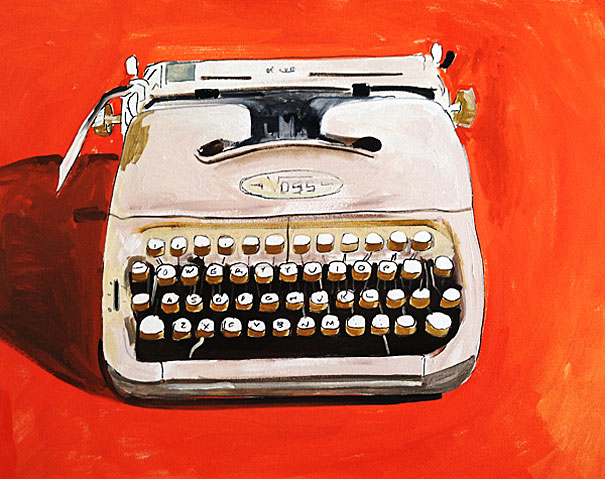
-
Found in translation
French historian Roger Chartier, whose work examines the history of books, publishing, and reading, explored the creation of literary archives and the appearance in the 1750s of authorial manuscripts during a talk at Radcliffe. “Take Note” will “consider the past and future of note taking on Nov. 1 and 2.

-
‘Hidden Lake’
Josh Bell, Briggs-Copeland Lecturer on English, reads his poem “Hidden Lake.”

-
‘While Josh Sleeps’
Josh Bell, Briggs-Copeland Lecturer on English, reads his poem “While Josh Sleeps.”
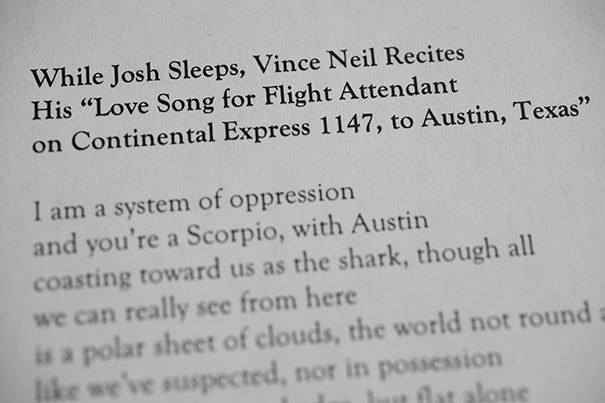
-
For whom Josh Bell tolls
Poet Josh Bell, the new Briggs-Copeland lecturer, calls on the spirit of rocker Vince Neil in his latest poems.
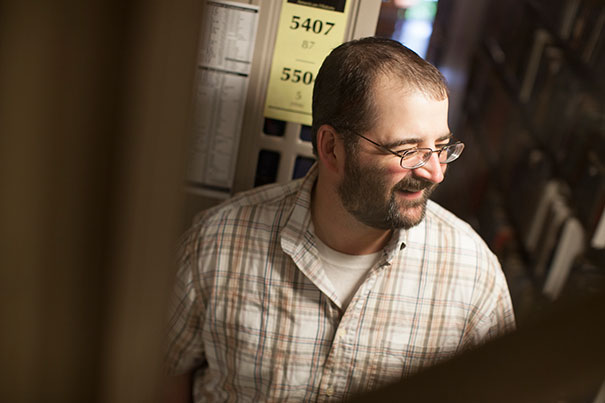
-
In on the act
More than 30 collaborators, including four Harvard undergrads, take the stage in the American Repertory Theater’s (A.R.T.) production of “The Lily’s Revenge,” at Oberon through Oct. 28.
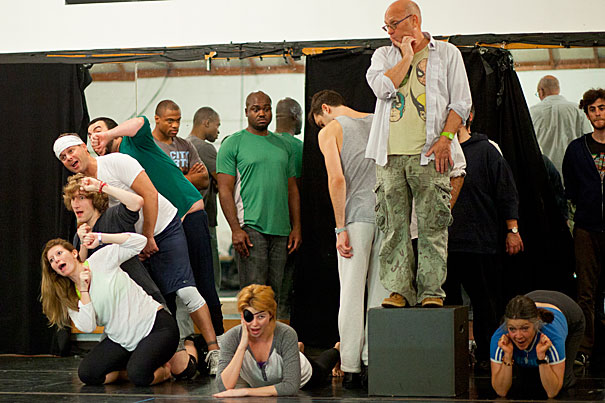
-
Evidence of greatness
“A Storied Legacy: Correspondence and Early Writings of Joseph Story,” online and at Harvard Law School, goes deep into the life and work of the scholar, best-selling author, and Supreme Court justice.
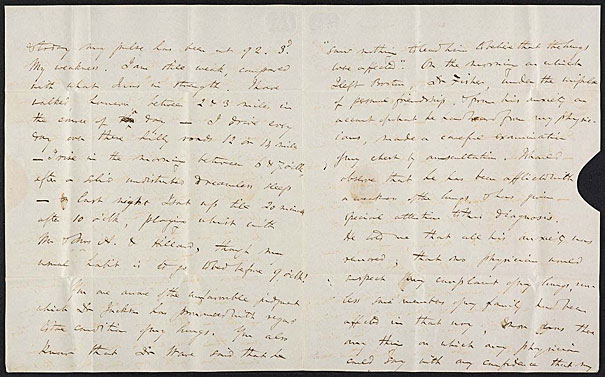
-
The art of saving art
Works by Le Corbusier and Joan Miró are back at the Carpenter Center after painstaking repair work by conservators at the Weissman Preservation Center.
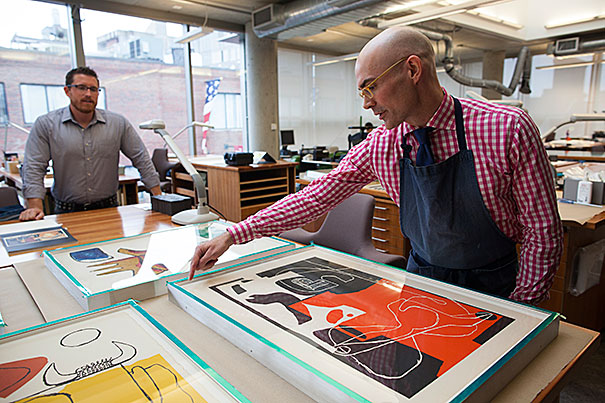
-
Under the skin
Participants in a Harvard panel drew from their own experiences in a look at life for mixed-race families in the U.S.: “American Masala: Race Mixing, the Spice of Life or Watering Down Cultures?”
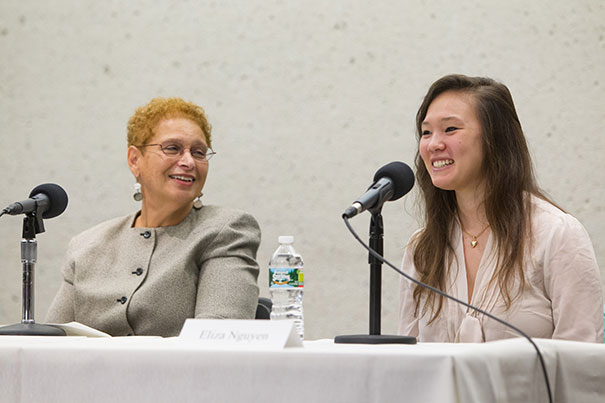
-
From concerts to context
Cultural historian and author Joseph Horowitz offered hope for the future of classical music orchestras in the form of innovative partnerships and collaborations.
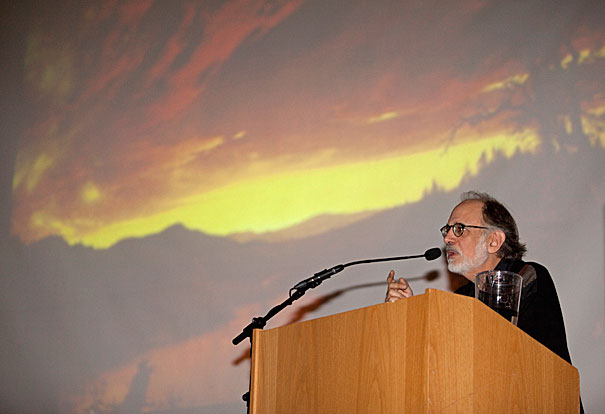
-
The epic of Hadzi
The stone sculpture “Gilgamesh” by the late Professor Dimitri Hadzi, who died in 2006, was donated to Harvard’s Mineralogical and Geological Museum by his wife, Cynthia.
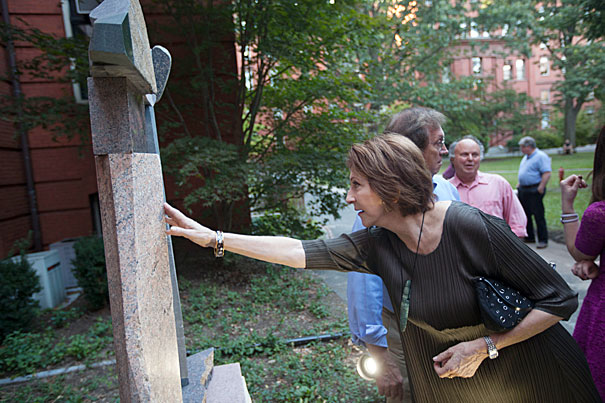
-
Future man
“Tectonic Visions Between Land and Sea,” at Gund Hall through Oct. 16, is a room-filling, eye-filling Kiyonori Kikutake retrospective.
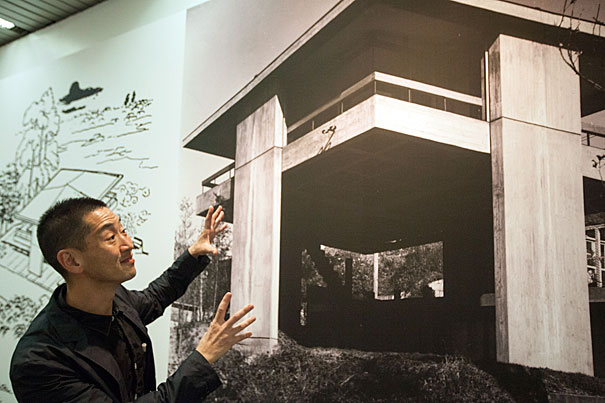
-
The sounds of nature, as music
The Woodberry Poetry Room hosts an evening of forest recordings and verse about nature, twinning sounds with wordplay.

-
Back to Birmingham
Historian Diane McWhorter, a Harvard fellow, finds a surprising nexus between the racial segregation of Birmingham, Ala., in the early 1960s and some of the attitudes of the Third Reich.
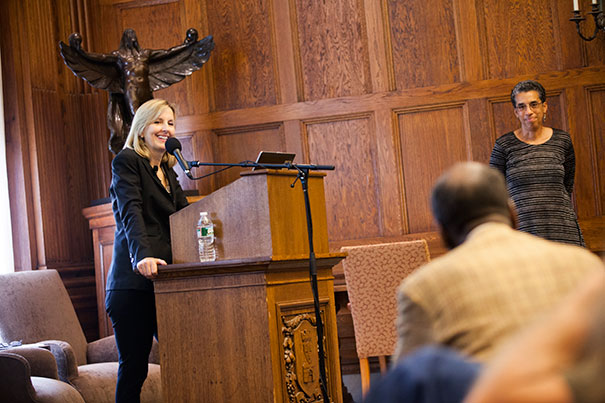
-
The book club goes online
Five of Harvard’s regional centers are teaming up on an outreach program to teachers that takes them on a literary world tour, through an online book club featuring readings that illuminate ordinary life in Libya, Morocco, the Dominican Republic, Russia, and Nigeria.

-
Speaking volumes
Over two days Harvard hosted a cohort of scholars in medieval sermon studies, a pursuit that helps illuminate the social and intellectual currents of the Middle Ages.
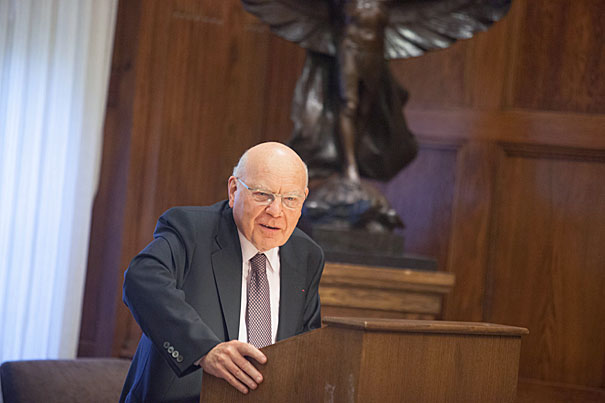
-
Bon appétit! Julia at 100
In honor of what would have been French chef Julia Child’s 100th birthday, the Radcliffe Institute for Advanced Study and the Schlesinger Library on the History of Women in America hosted an entertaining and informative daylong symposium.

-
Visions of doom
A pair of Harvard events looked at the artistic legacy of Pompeii — a kind of “Apocalypse Then.”
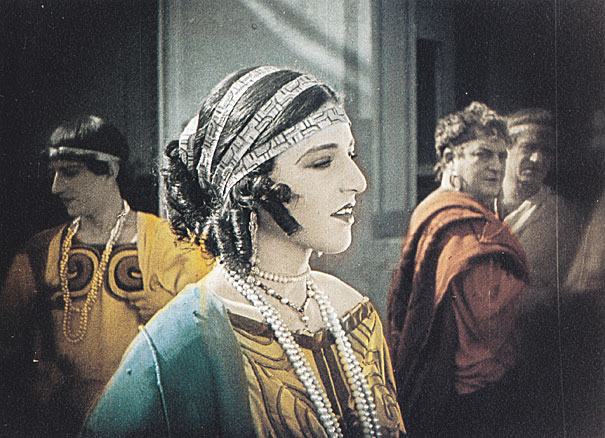
-
The literary landscape
Sponsored by the Woodberry Poetry Room, the Literary Homecoming drew representatives from the English Department, the Harvard Review, the Harvard Advocate, Speak Out Loud, Tuesday magazine, among others.

-
The tale of Benny and Jenny
In the first lecture of the season’s American Literature and Culture Series, Harvard history Professor Jill Lepore previews her book on Jane Franklin Mecom, Benjamin Franklin’s little-known yet favored sister.

-
Mighty exhibit
Roberto Mighty’s exhibit, “First Contact,” opens Sept. 23 with a one-time film screening and an artist presentation. The exhibit is the culmination of Mighty’s yearlong artist residency at the Harvard Forest. The exhibit continues through October.

-
The sacred Toni Morrison
The Harvard Divinity School has organized a series of working groups to explore the religious dimensions of the work of author Toni Morrison in the lead-up to her Ingersoll Lecture on Immortality.
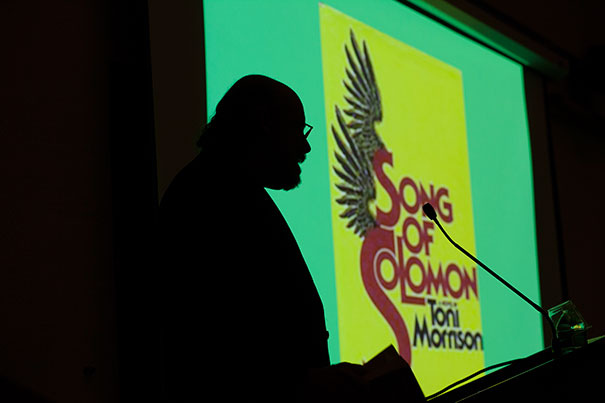
-
Death and the Civil War
Filmmaker Ric Burns, Harvard President Drew Faust, and scholars screened and discussed “Death and the Civil War,” a PBS documentary based on Faust’s book “This Republic of Suffering.”
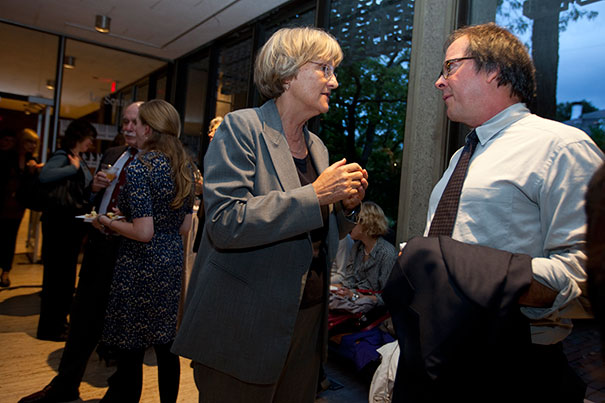
-
Best practices writ large
HBS Professor Clayton Christensen has built a storied career by, as he puts it, telling business leaders not what to think, but how to think about running their companies. In the two years since suffering a stroke, he’s tackled two other equally ambitious tasks: relearning how to speak, and teaching the rest of us how to think about making the best of our lives.

-
Hip-hop and spoken word at Harvard
Harvard Law School graduate Bryonn Bain brings his dynamic teaching style to campus this fall with his new course “Hip Hop and the Spoken Word: Theater Performance Laboratory.”

